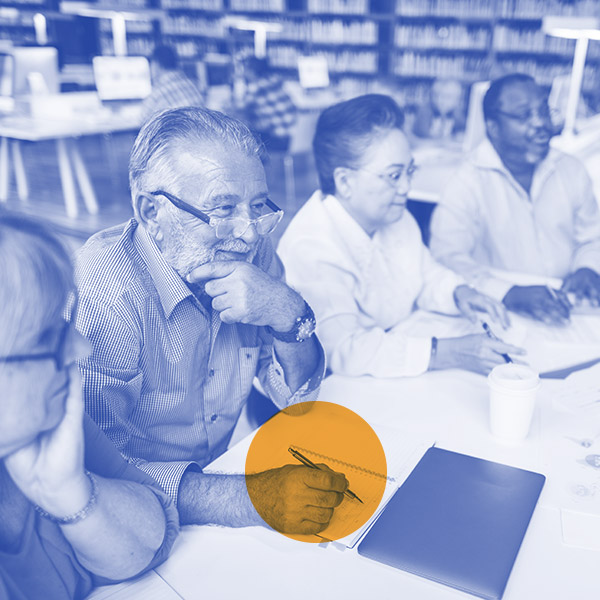Stakeholders – both inside and outside of an organization – and partner organizations must be committed to the spirit and practice of inclusive coordinated transportation planning. Commitment comes from being knowledgeable about a particular topic, and understanding its impact on either personal or organizational practice, or both. This means that it is necessary for organizational administrators to educate staff through high-quality education and professional development with periodic refreshers, to assure that employees, volunteers and other internal stakeholders are current in their knowledge of inclusive practice.
Organizations will want to provide staff with materials on an ongoing basis, such as those available through theTransit Planning 4 All website, that will educate personnel on topics and legislation important to inclusion. For instance, the Americans with Disabilities Act, with its civil rights protections for people with disabilities or the Older Americans Act that provides safeguards for seniors, are key policy statements that outline services and practices for people with disabilities and older adults. More recently, the Workforce Investment Opportunity Act (WIOA) requires practices that promote competitive integrated employment – or, inclusive workplaces.













